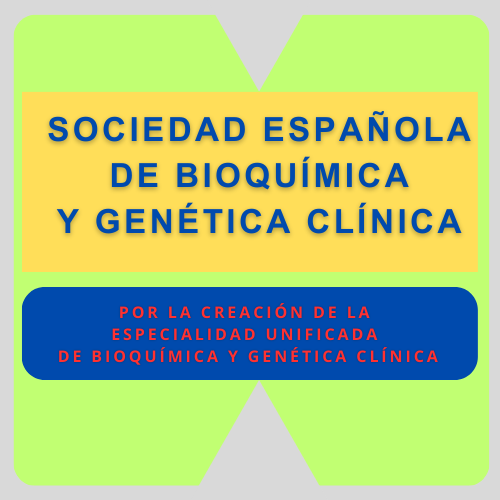Categoría: JMG
-
Resolving structural variations missed by short-read sequencing uncovers their pathogenicity
Background Short-read genome sequencing (sr-GS) affords efficient and accurate characterisation of apparently balanced chromosomal rearrangement (ABCR) breakpoints except in 9%–11% of cases that remain undetectable. Methods Among 117 ABCR that …
-
Development of a functional assay for the characterisation of SMAD4 variants from the French haemorrhagic hereditary telangiectasia cohort
Background Hereditary haemorrhagic telangiectasia (HHT) and juvenile polyposis syndrome (JPS) can be caused by SMAD4 pathogenic variants. SMAD4 is a common transcription factor of the BMP/TGFβ signalling pathway. In this study, we developed a cel…
-
Mixed functional consequences of the N651D GRIA3 variant: a case of early-onset developmental and epileptic encephalopathy with parkinsonism
Rare variants in GRIA3, the gene encoding the GluA3 subunit of amino-3-hydroxy-5-methyl-4-isoxazolepropionic acid (AMPA)-type glutamate receptors (AMPARs), are associated with defects in early brain development. Disease-causing variants are generally …
-
PURA protein mislocalisation in the nucleus: mechanistic basis for transcriptional dysregulation and DNA unwinding deficits in a model of the p.L148Wfs*77 PURA variant
Background Heterozygous PURA (Purine-rich element-binding protein A) variants cause PURA syndrome, a neurodevelopmental disorder characterised by hypotonia, seizures and intellectual disability. Previous studies have focused on the effect of the PURA …
-
Further evidence of RNU4ATAC variants causing Joubert syndrome with skeletal involvement
RNU4ATAC is a non-coding gene involved in the minor spliceosome, and is mutated in a spectrum of syndromic skeletal disorders with recessive inheritance. Recently, biallelic RNU4ATAC pathogenic variants were detected in five patients presenting a co…
-
Long-term efficacy of migalastat in females with Fabry disease
Background Fabry disease is a progressive, X-linked lysosomal disorder caused by reduced or absent α-galactosidase A activity due to GLA variants. Females with Fabry disease often experience diagnostic delays and an underappreciated disease burd…
-
Inefficiencies in precision medicine: can genetic counsellors (GC) be the solution? The experience from the first GC-led cancer genetics service in Asia
Purpose The utility of genetic testing (GT) to guide cancer treatment, risk management and prevention has driven the demand for cancer genetic services. The global shortage of genetic counsellors (GCs) has led to the mainstreaming model. We evaluate t…
-
Refined genotype-phenotype correlations in neurofibromatosis type 1 patients with NF1 point variants
Background Neurofibromatosis type 1 (NF1) is one of the most frequent genetic disorders. NF1 is caused by dominant loss-of-function pathogenic variants (PVs) of the tumour-suppressor gene NF1, which encodes neurofibromin, a negative regulator of rat s…
-
Multiple early onset atypical cutaneous fibrous histiocytomas in multilocus inherited neoplasia allele syndrome involving TP53 and FLCN genes
Li-Fraumeni syndrome and Birt-Hogg-Dubé syndrome are distinct cancer predisposition syndromes caused by germline pathogenic variants (GPVs) in TP53 and FLCN, respectively. Multilocus inherited neoplasia alleles syndrome (MINAS) describes the co…
-
APC I1307K and clinical management: insights from UK Biobank association analysis of colorectal and other cancer risks in Ashkenazi and non-Ashkenazi whites
Background APC c.3920T>A; p.Ile1307Lys (I1307K), prevalent in individuals of Ashkenazi Jewish (AJ) origin, has been associated with a modestly increased colorectal cancer (CRC) risk. Clinical recommendations for I1307K heterozygotes vary across c…
